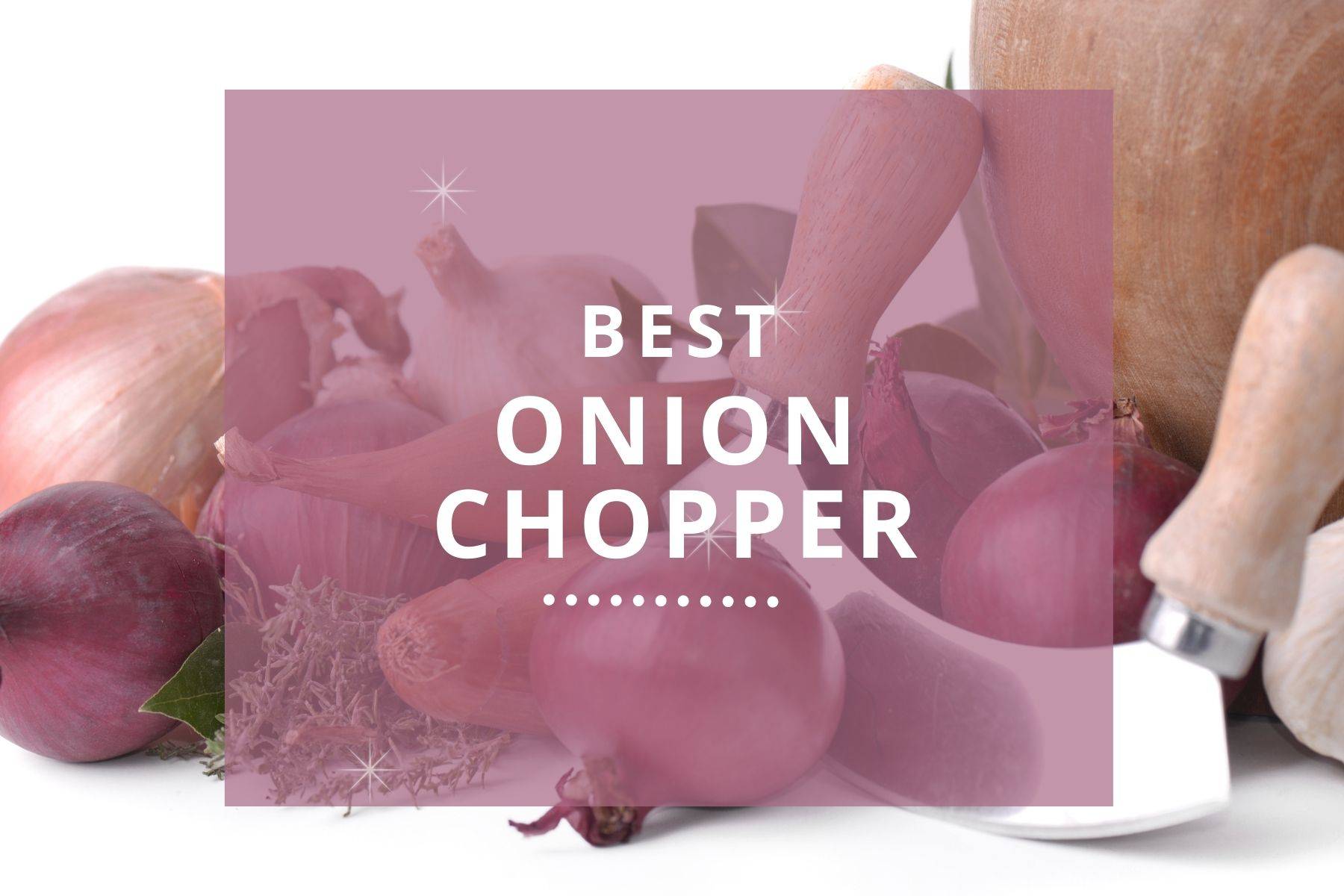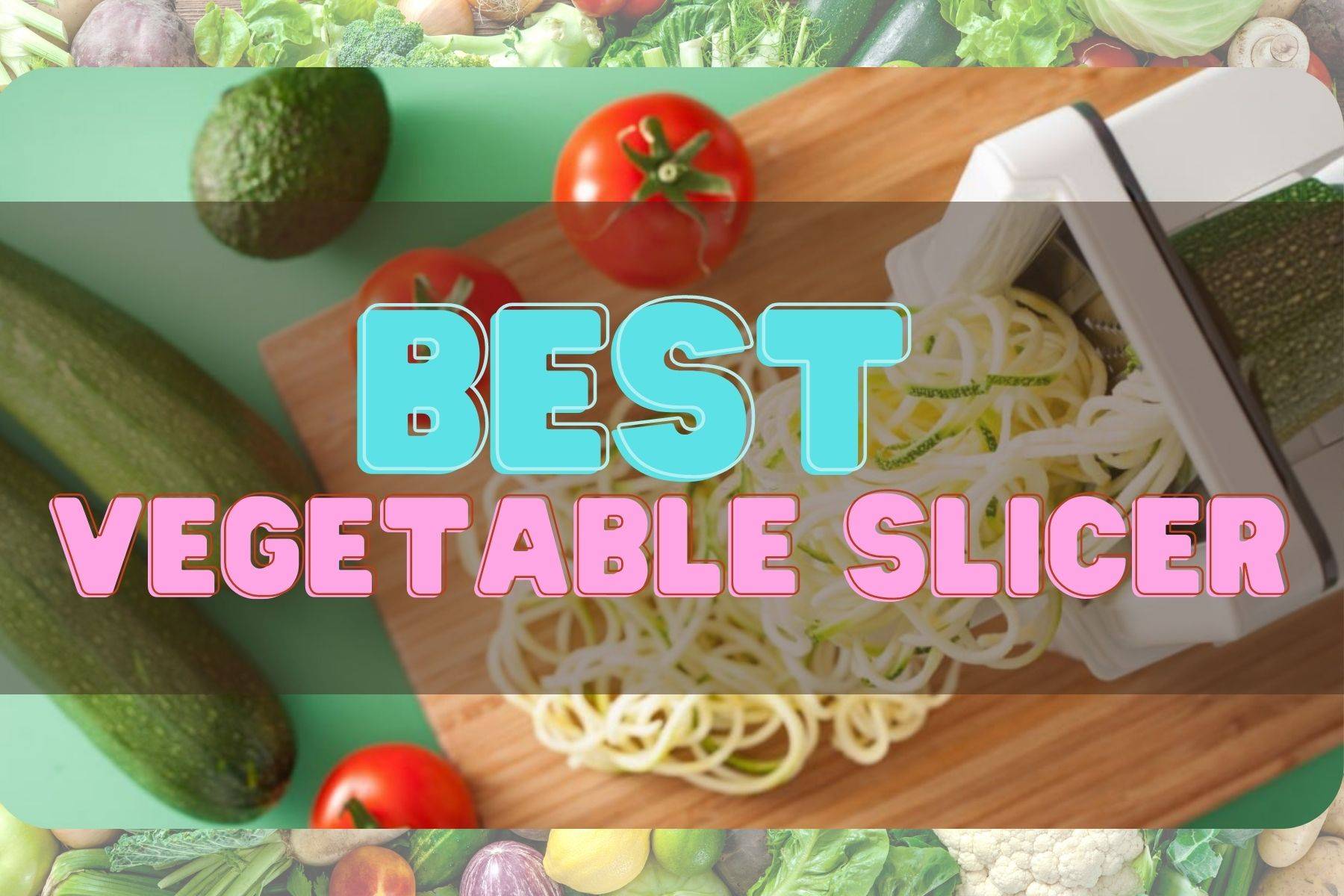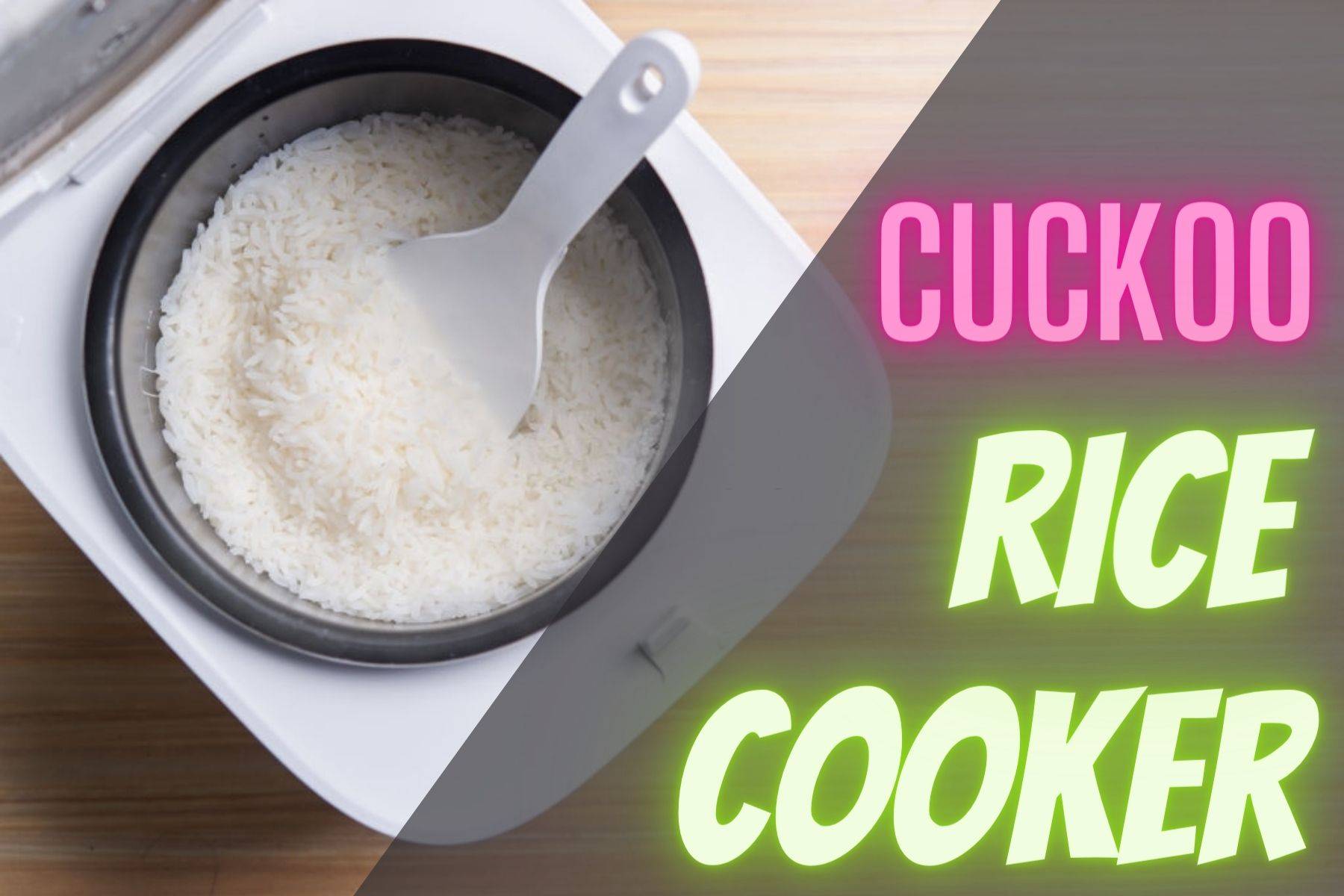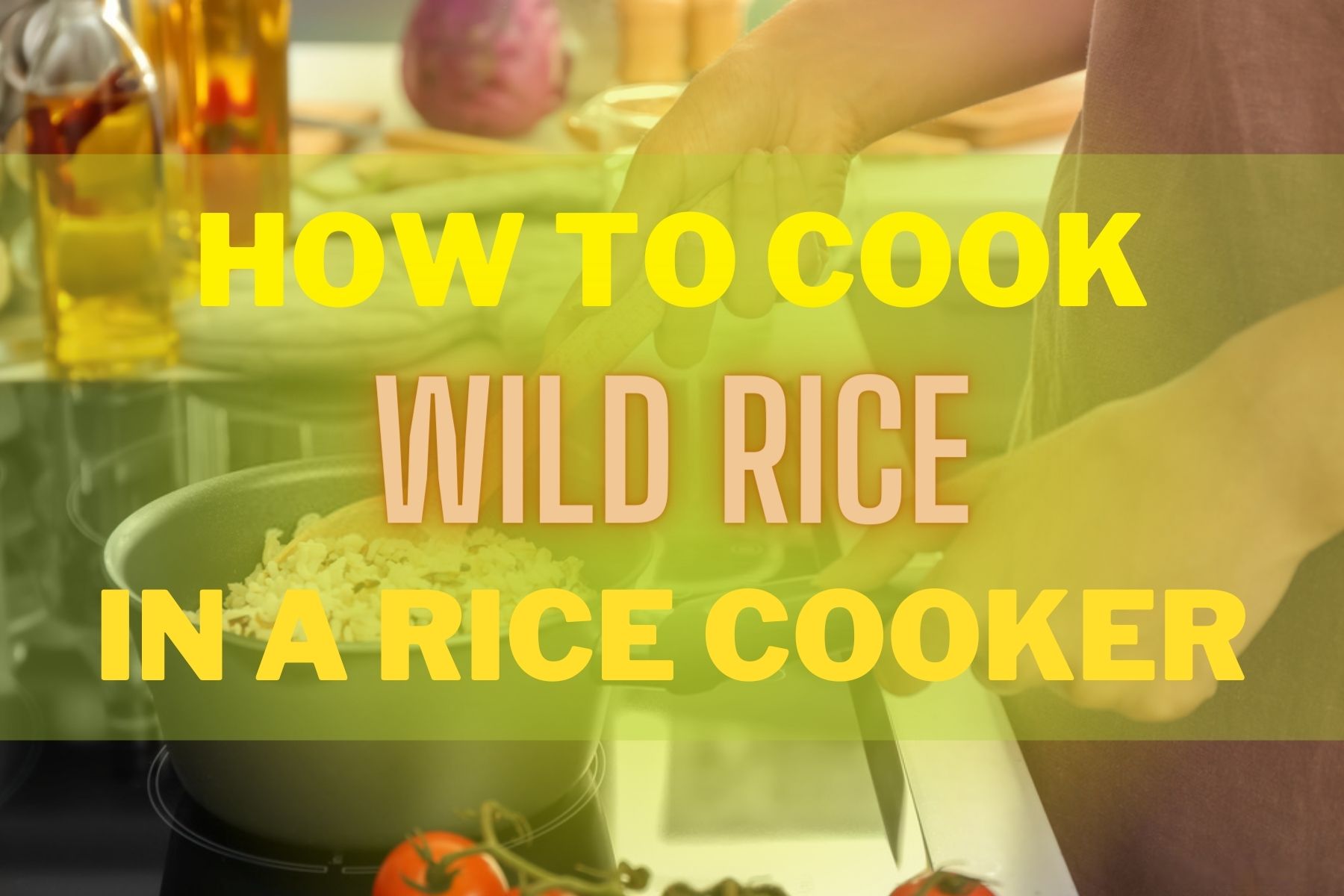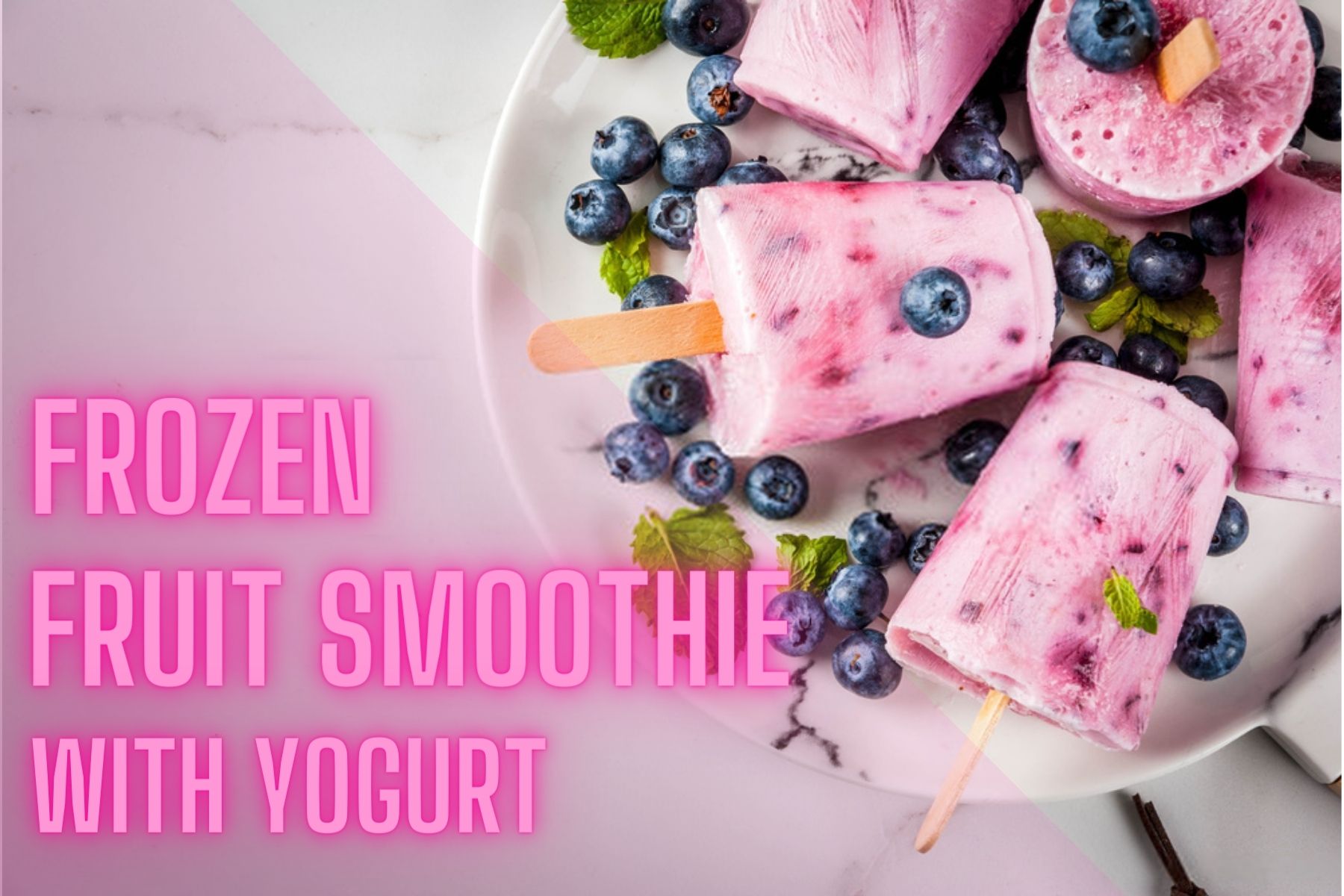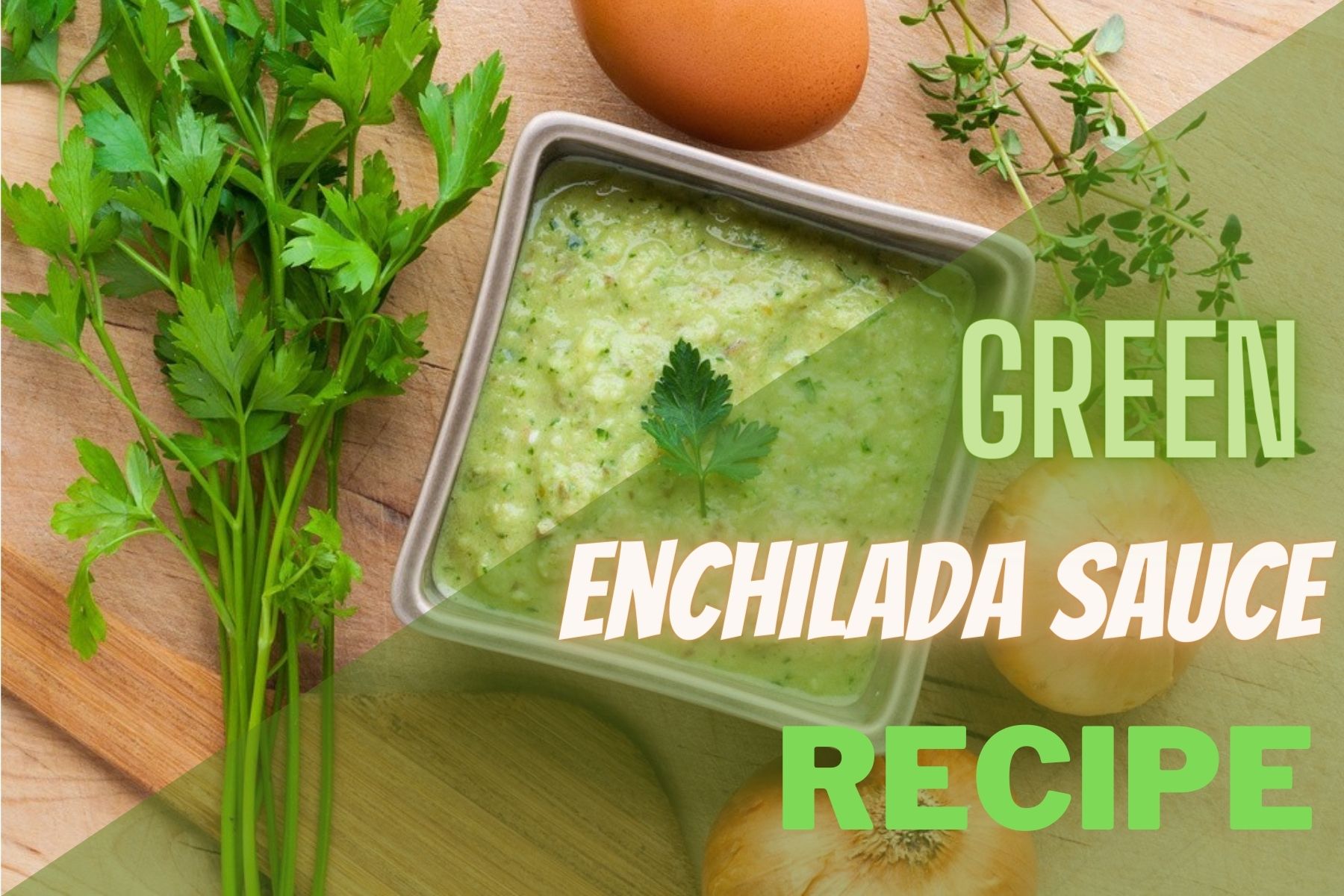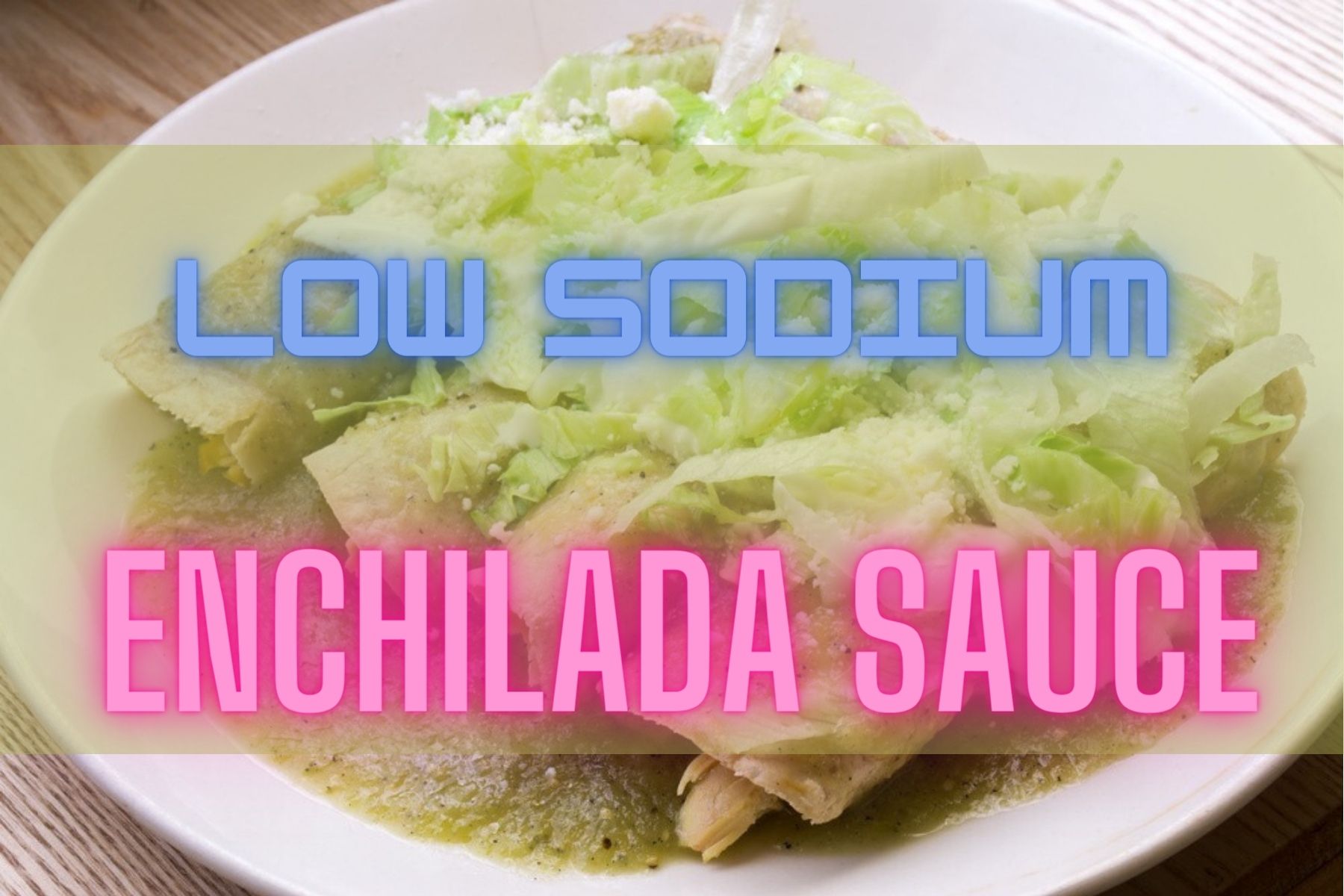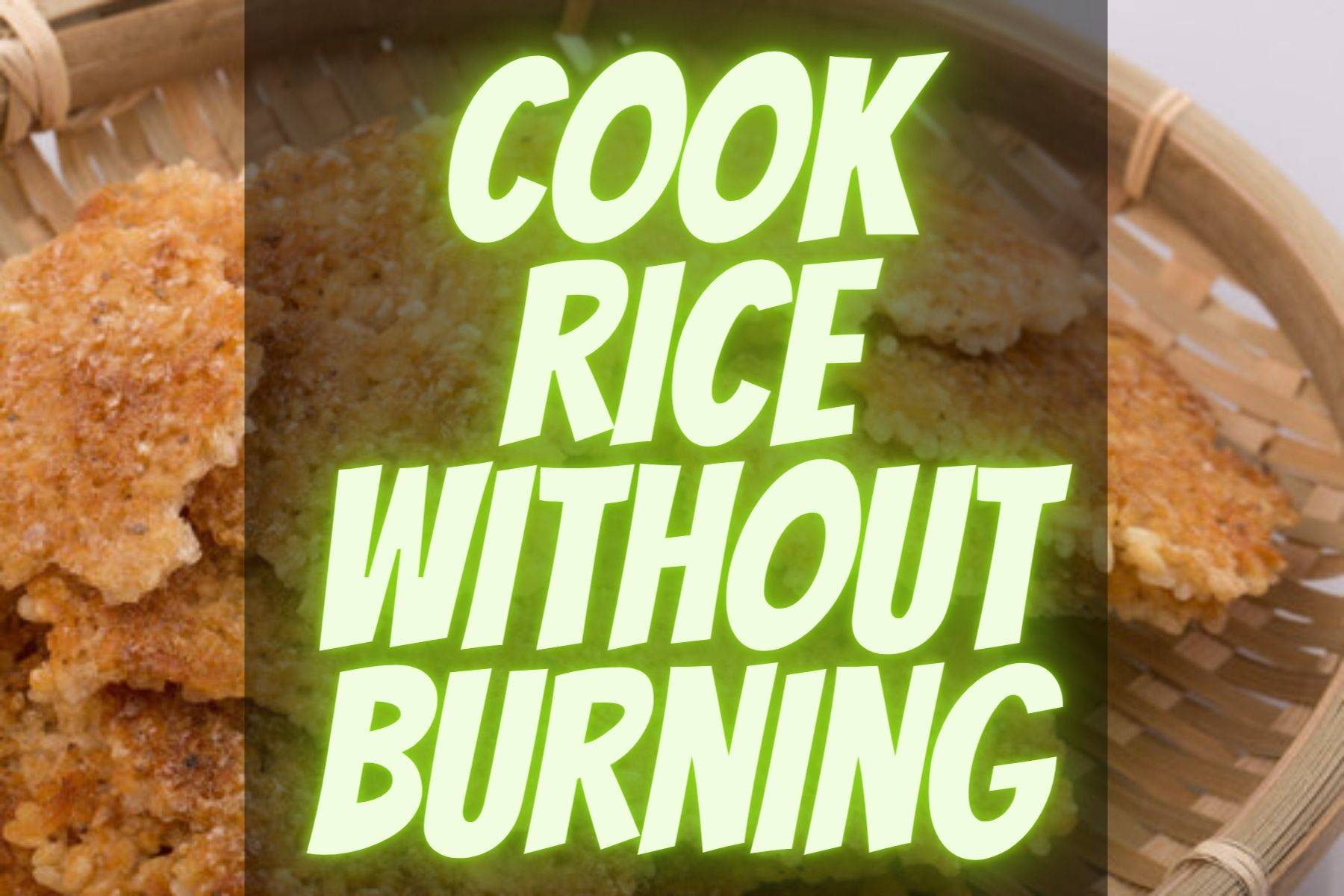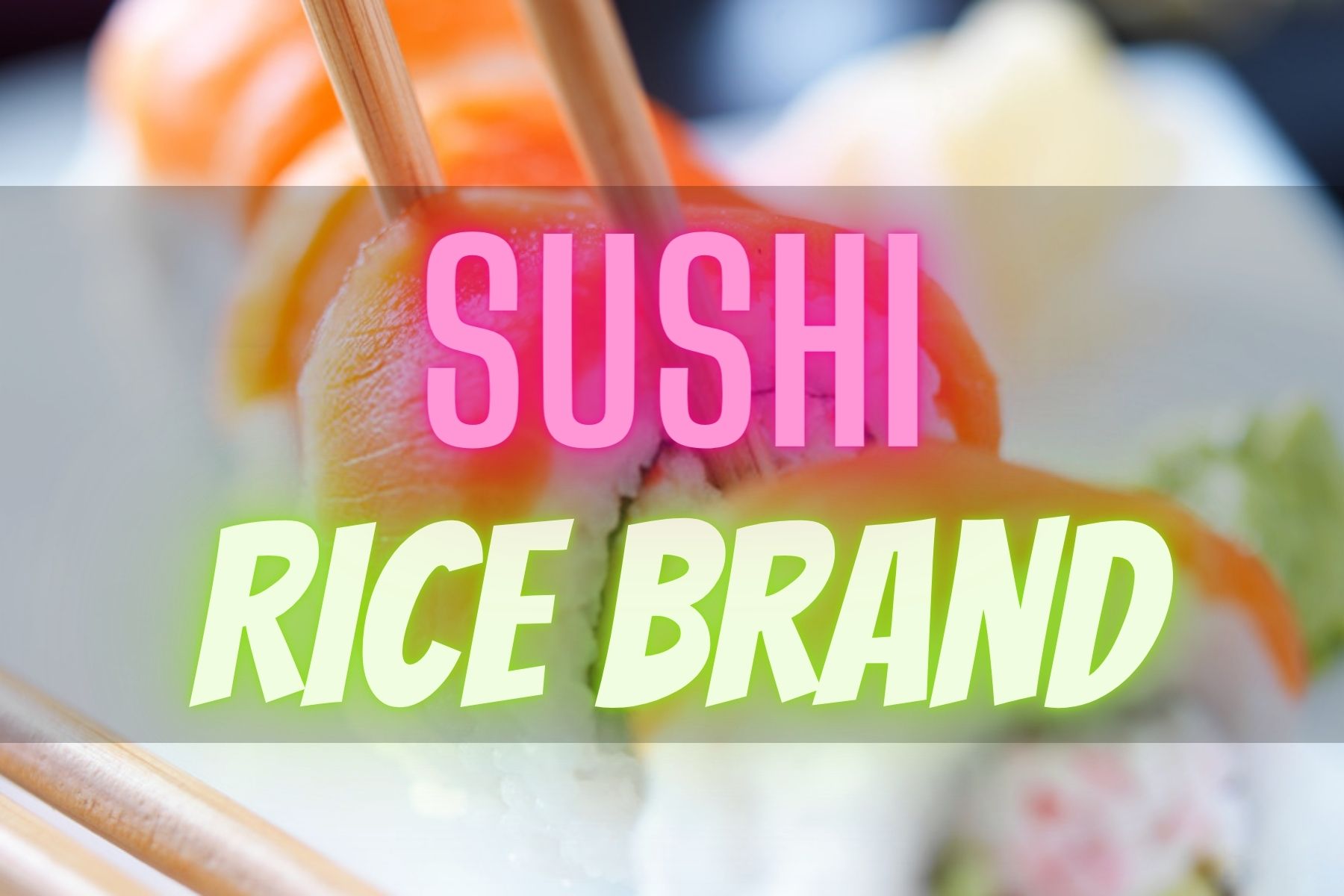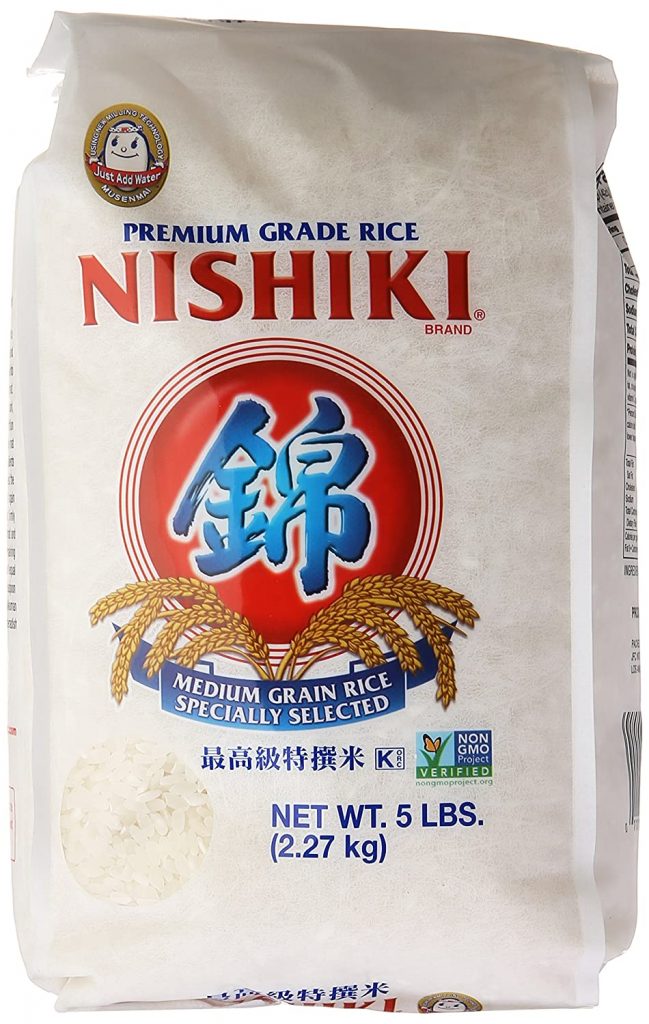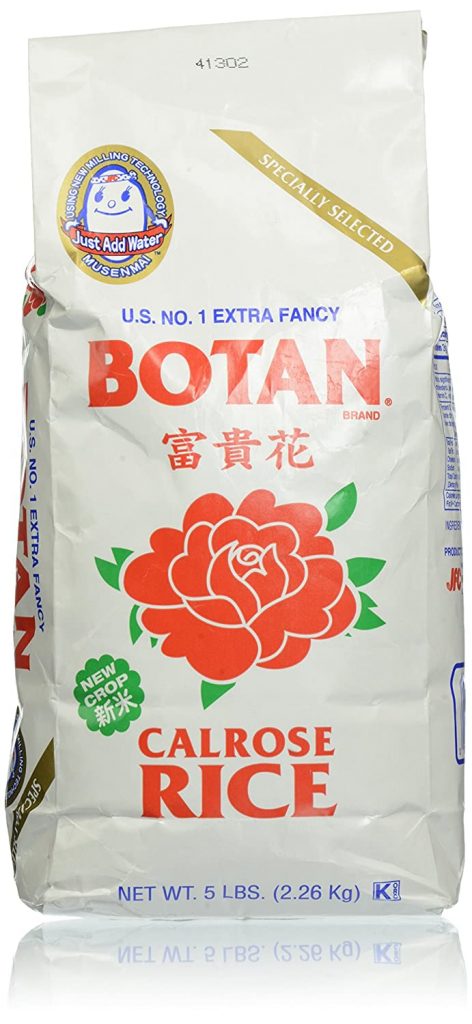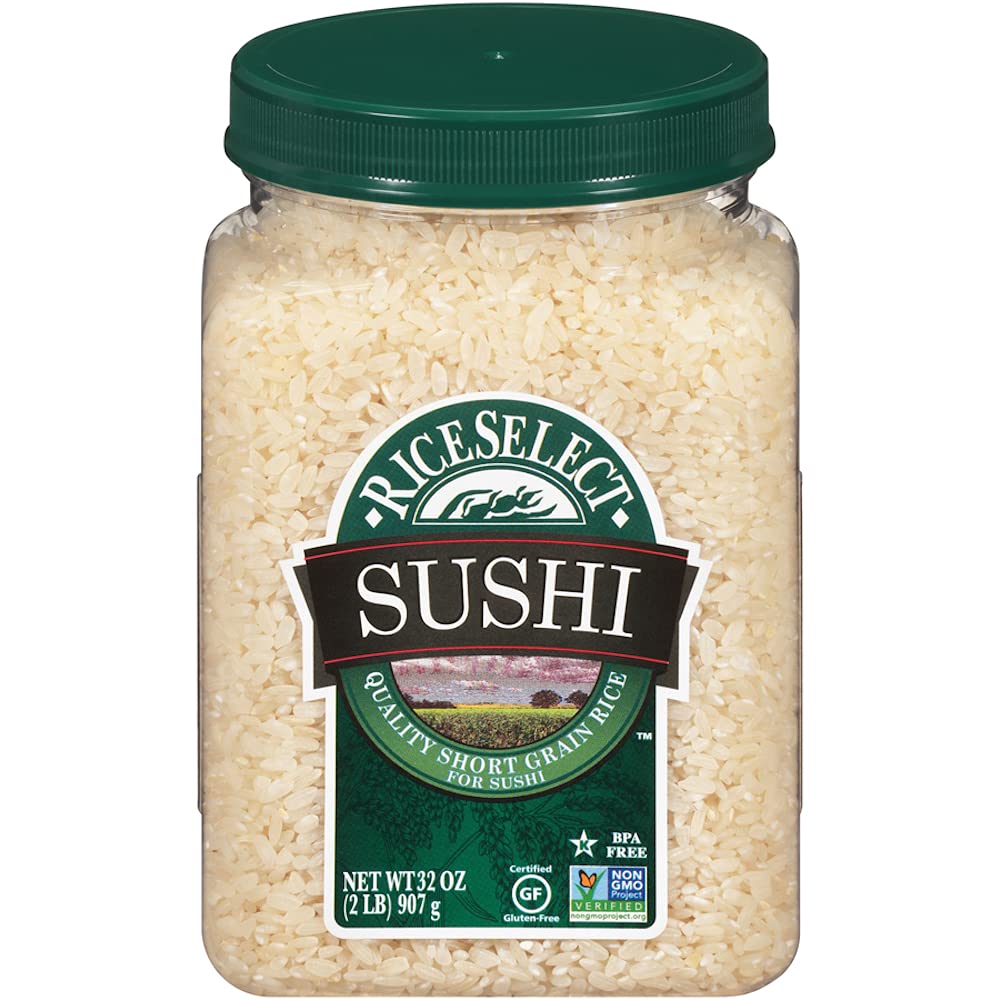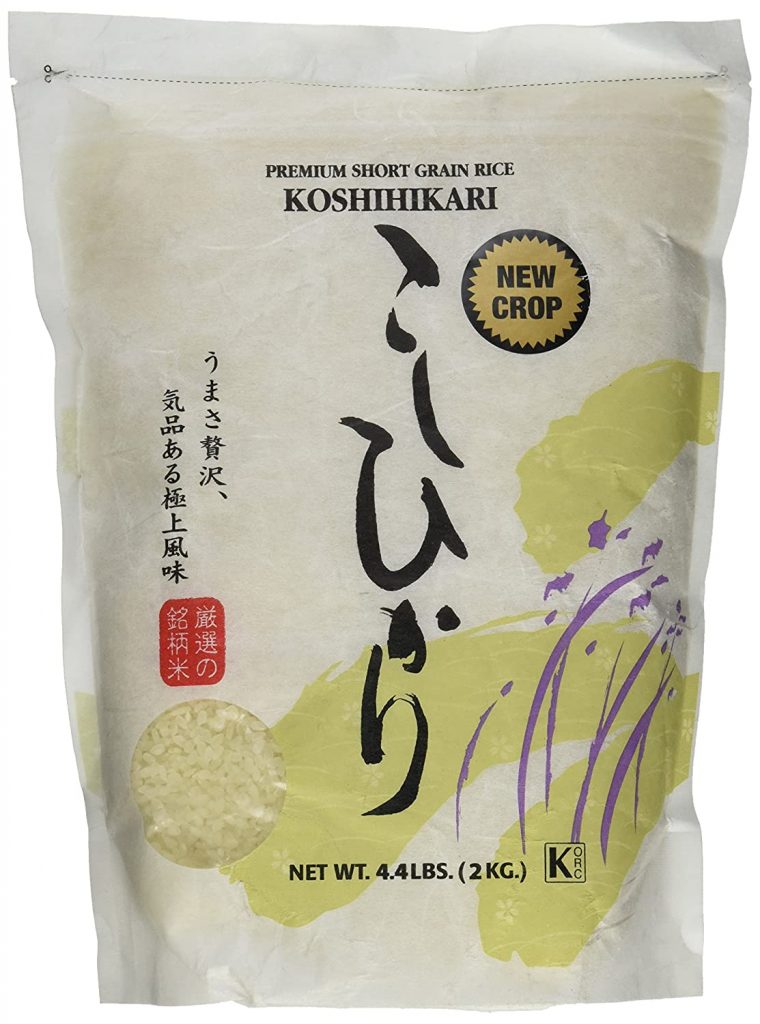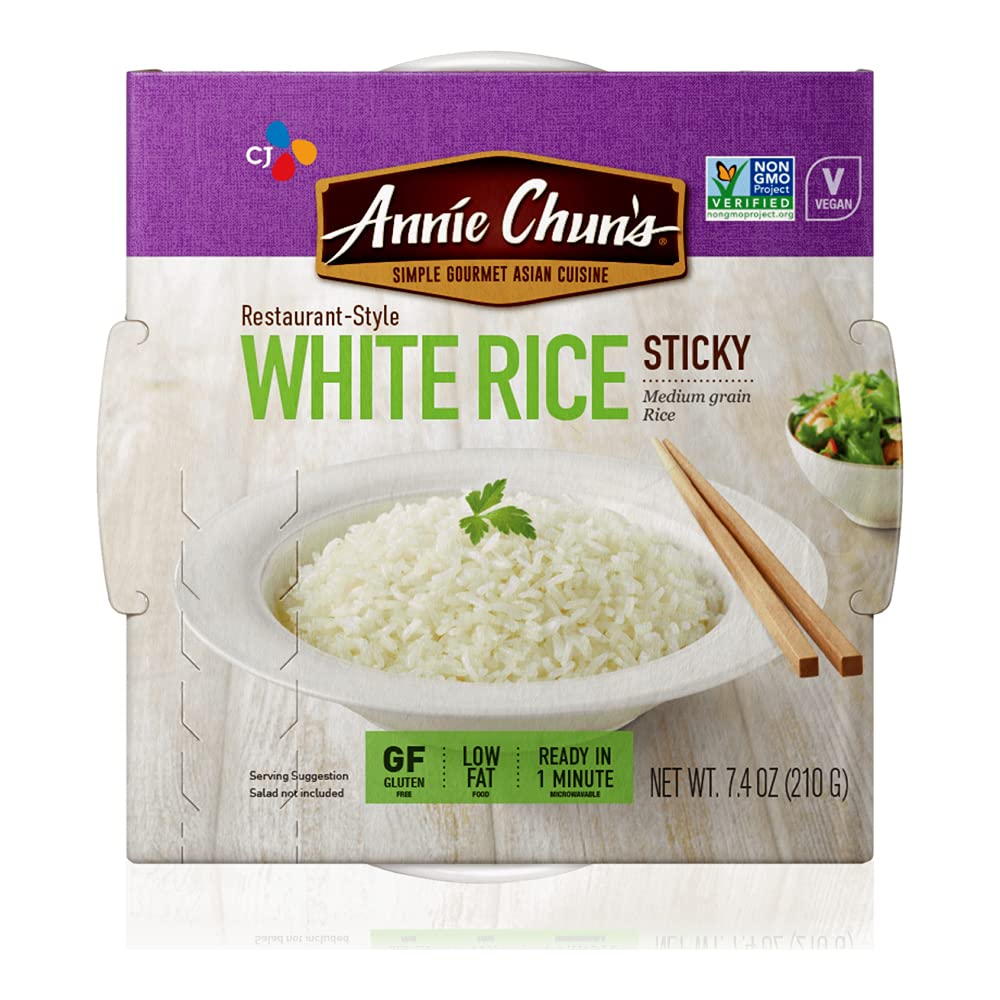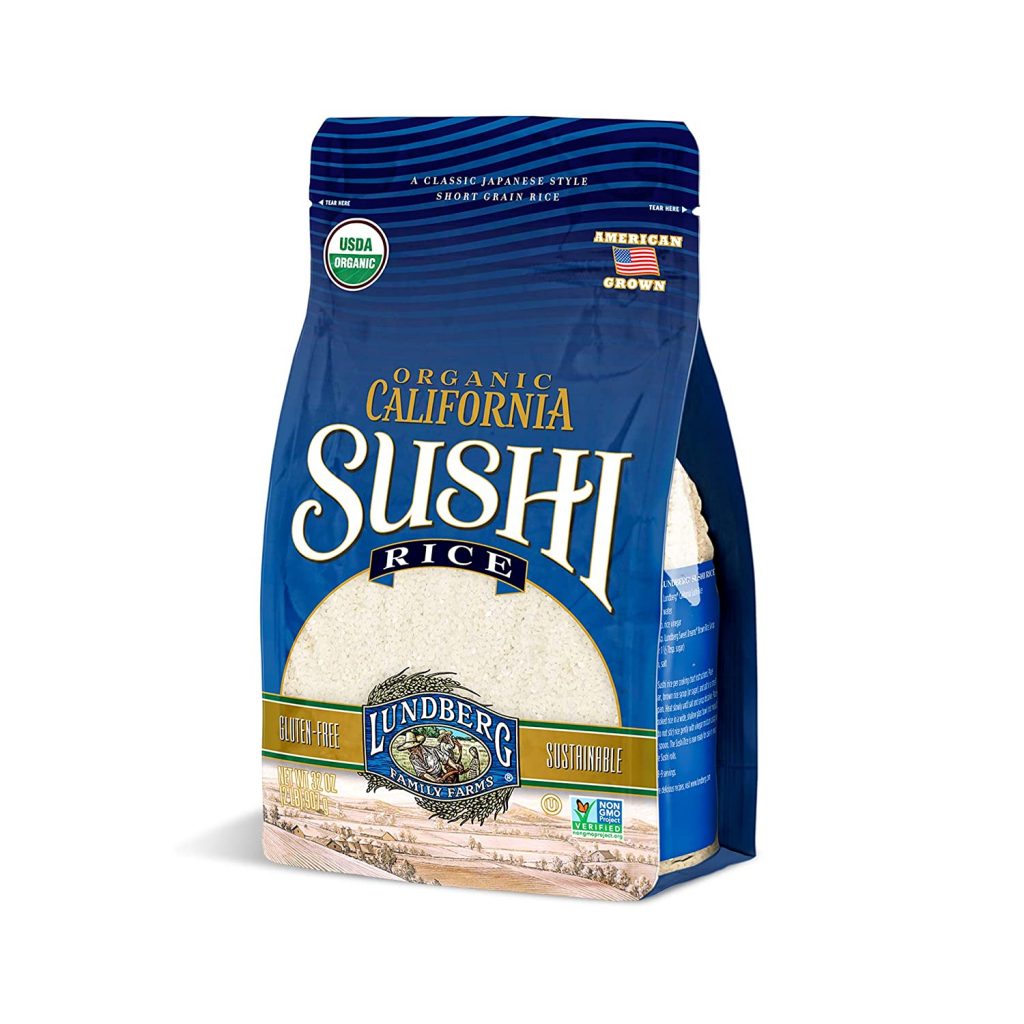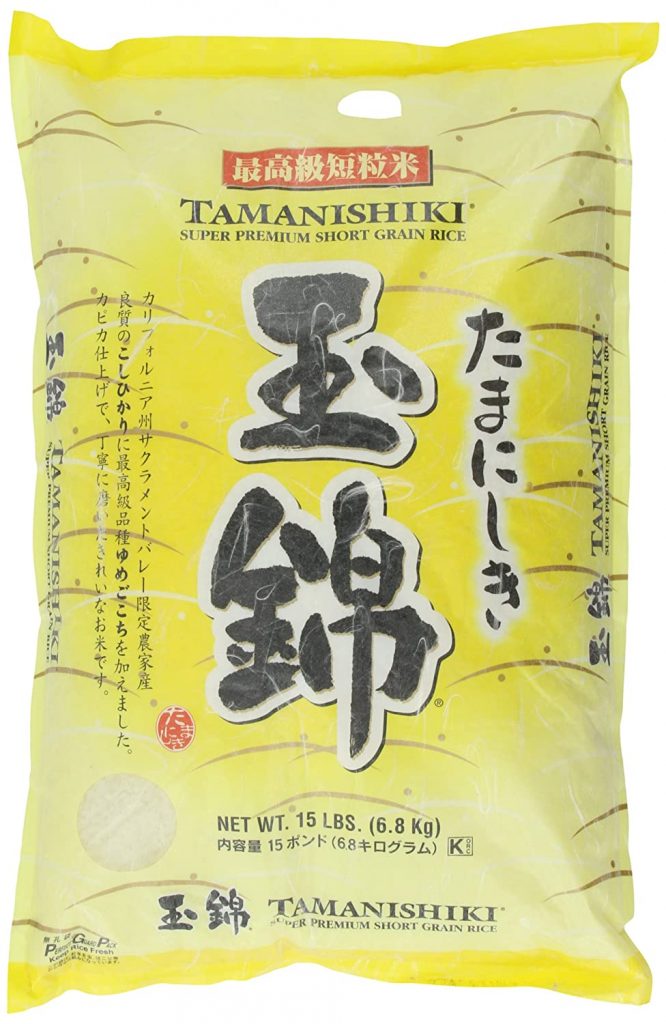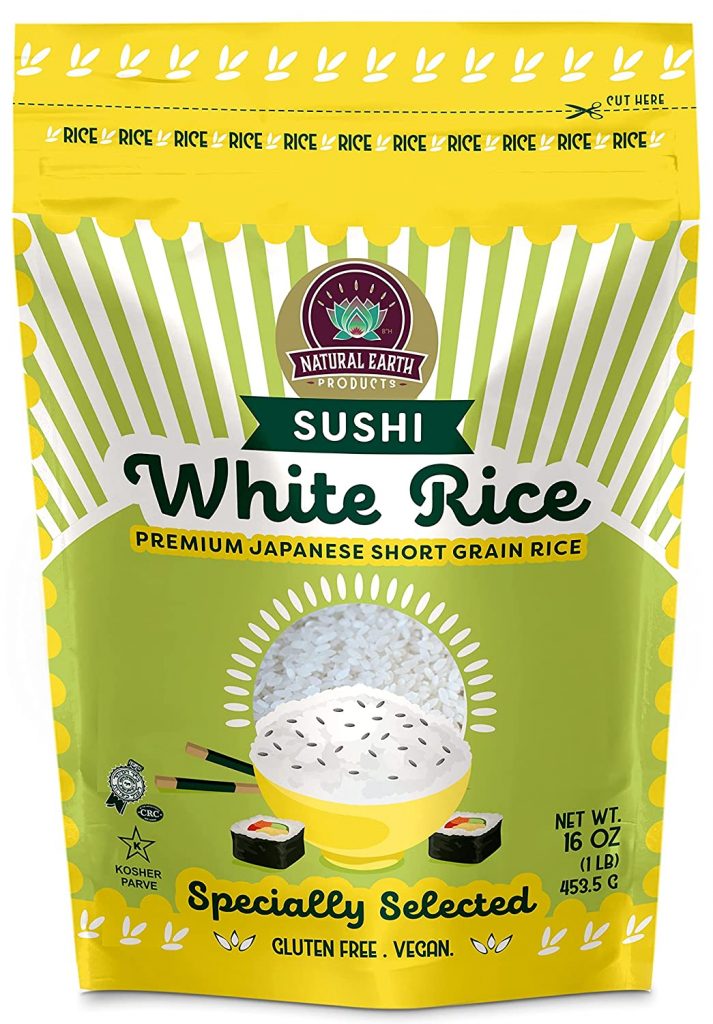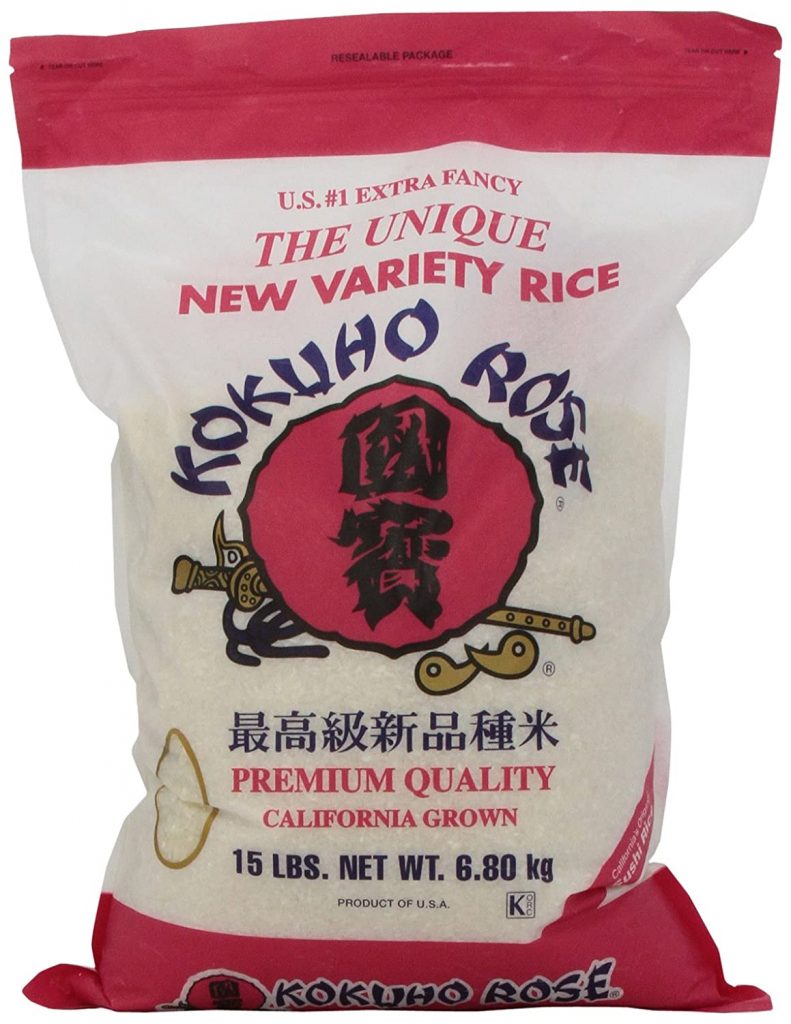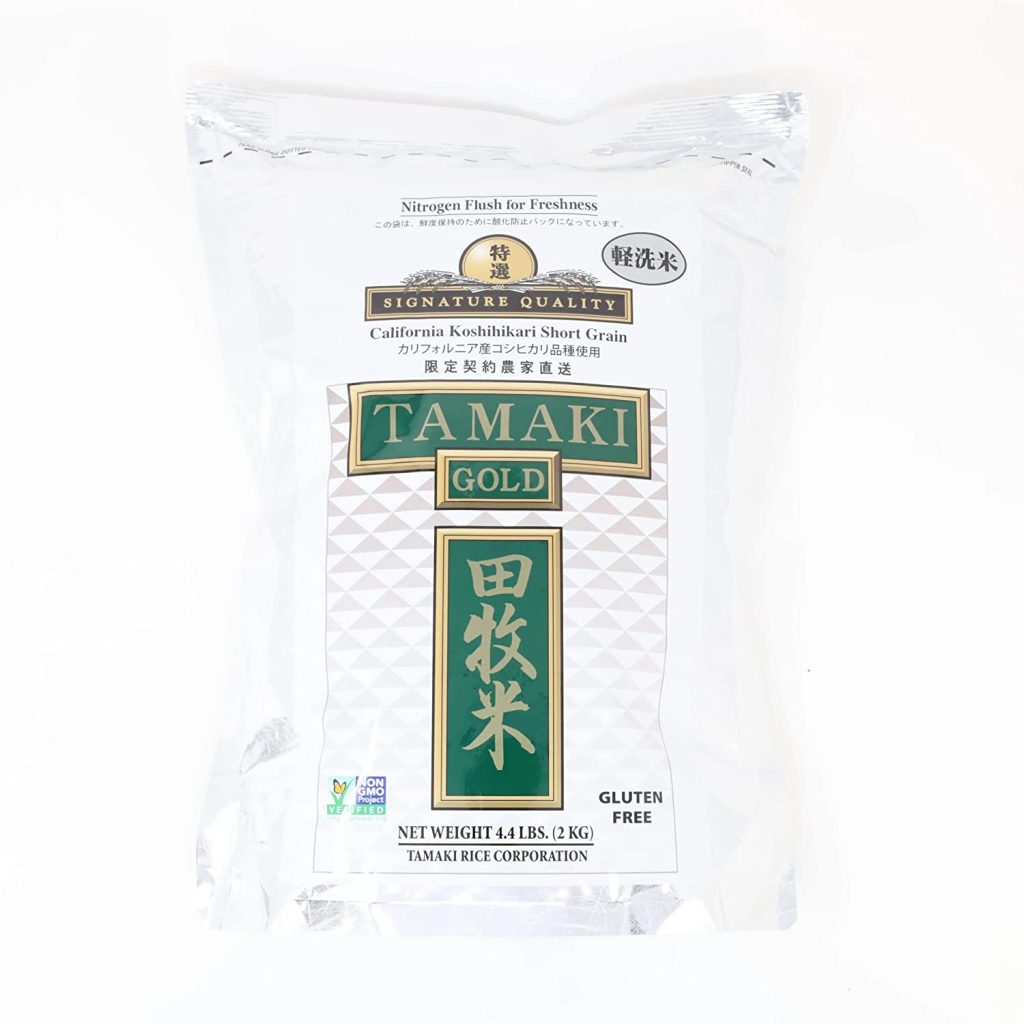Have you ever had a bad batch of rice? I know I have! It can be hard to find the best sushi rice brand and its variants. With so many factors influencing how the end result turns out, it’s important to do your research before making a purchase. In this blog post, we’ll take a look at what you need to consider when shopping for sushi rice brands sushi rice brand
If you are a cooking professional, housewife, or just a food lover who loves sushi rice then this is the best blog post for you. You may have been wondering what the best rice is to use when making your own sushi at home and we have compiled a list of some of the most popular brands that will make an excellent base for all your culinary adventures.
What are you waiting for? Get ready to create your own masterpiece with the most delicious and creative sushi rice brand. Find out all there is about this popular dish made in a Japanese Rice Cooker. Finally, by reading this post we believe that you will be able to choose your best sushi rice brand.
Sushi Rice: A Little Brief
You may be confused by the concept of special rice for sushi. But, in reality; this type is called “sushi” because it’s used to make different types of rolls while eating them out with your fingers from time to time! It has an elastic texture that’s rounder and stickier than regular white short-grain/medium-grain Japanese rice.
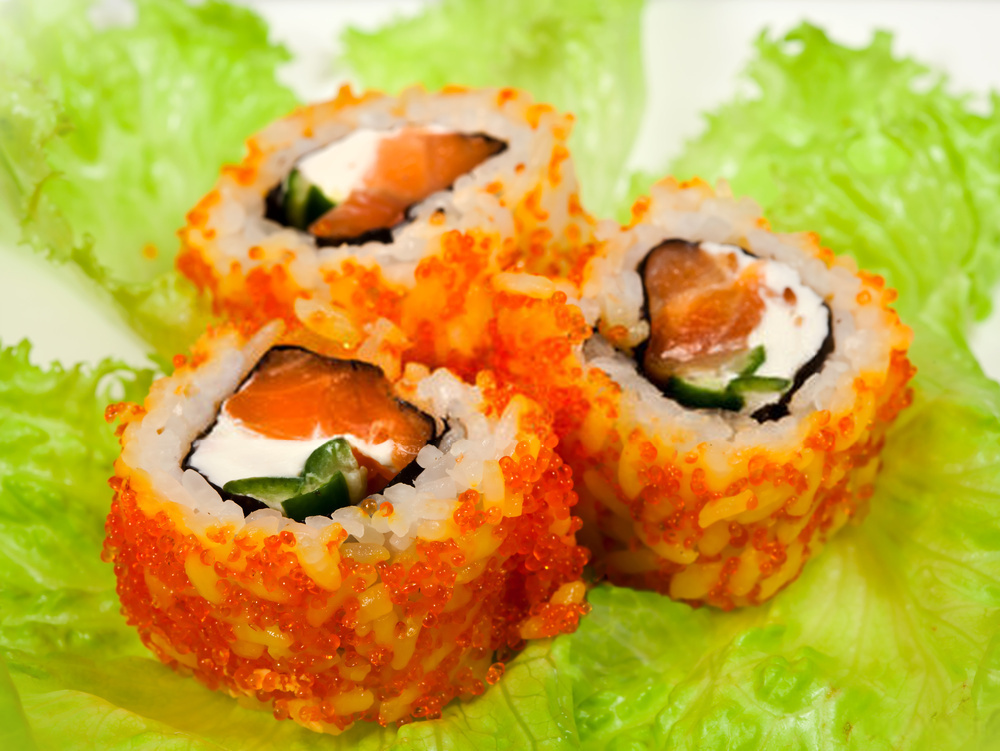

sushi rice is unique among types of long-grain and short-grain rice in that it has a higher starch content. The difference can be felt when making sushi as well. medium grain varieties will work just fine, but fancy Japanese restaurant-style rolls call for the use of high grades or specifically designated type called “sushi” rice (which comes from the Futsu region).
Sushi rice is different from other kinds of rice in that it must be starchy and shiny. It should also stick together without being gluey or pasty-looking, so there’s no need for any additional ingredients to make sushi rolls taste better.
Sushi rice is different from regular old-fashioned white or brown rice in many ways. One difference between the two types, for instance, is that sushi must be seasoned before it’s eaten; this means after cooking up some pristine grains of SUSHI RICE – which has been rinsed and cooled down to room temperature – you’ll need a mix of ingredients such as Japanese Rice Vinegar (or Shiromizu), Sugar & Salt Are Spread All Over It To Season The Meal!
Evolution of sushi rice
The rice fields of Asia – China to be specific – are where Sushi traces its origins. 2000 BC saw this ancient dish spread from one civilization to another; it was eaten by the Chinese rather than Japanese in the 8th century AD.
There are many interesting things about the history of sushi that we learned over this course. For example, it turns out people have been eating raw fish since as early as 400 AD! And if you think Americans only started getting into sushi in recent decades then you’re wrong – they were all over Europe before that and it’s where we get a LOT of our customers from too!
We hope these few sentences gave insight or just renewed interest towards learning more on your own time-we know once someone tastes our dishes there’s no going back (and believe me when I say theirs isn’t).
Main Classifications of Rice: long, medium, short
Rice can be found in almost every cuisine and there are three main types of it: small-grain, medium-grain (also known as “Arborio” rice), or long grains.
Do you know what the difference between small-grain rice and long grain is? Although It doesn’t matter. Because they both taste great! Red or brown, these timeless grains have been an essential part of our lives for centuries.
Difference between Short, Medium and Long Grain Rice
Rice comes in three different types: short, medium, and long grain. Short-grain rice grains are much wider than their larger counterparts; this type is good for risotto because it browns more easily when sauteed or cooked at high heat but doesn’t hold up well under pressure (in which case stick with one of the other two). Medium grained rice have a ratio around 2:1 length to width while Longer varieties average four-five times as wide meaning they cook through better on account of getting stuck less often due to sticking points along their lengths
Long-Grain Rice
Long-grain rice is a type of long, slim, and lengthy grain. Longer than it’s wide, its texture can be dry or sticky depending on how you cook it. Pronounced firm grains that stay fluffy after cooking best for side dishes like pilafs and salads.
Name some common varieties are American Long Grain White Rice (ALGER), Brown Jasmine Rice(BJR) Basmati Rice which comes from India & Pakistan respectively – both extremely popular worldwide because they produce distinct flavors but still maintain an overall balanced taste in terms with other ingredients used during the preparation process.
Medium-Grain Rice
Medium-grain rice is an interesting type of cooked cereal grain with a different texture and flavor than its long or short counterpart. Medium grains are about twice as long, but they also have wider flat ends that can stick together when cooked; this makes the finished product slightly chewier than other rice. Due to all these little bites being chewed at once by your teeth! These types include Arborio (used often for risotto) and vulgarian bomba – perfect in paella dishes thanks to their tendency not to get stuck between one’s cheek.
Short-Grain Rice
Short-grain rice is a type of fluffy grain that’s not very long or wide. It has the ability to be soft and tender when cooked, especially if it sticks together while cooking which can cause clumping in some cases.
Short-grain rice is one of the most common kinds in supermarkets, but it’s often mixed up with other more elongated rice. This makes for some confusion when cooking or shopping at your local grocery store because you might not know which variety to buy without looking them up first! For instance, medium and long grains can be combined into a single category if both are similar enough (meaning their shapes will look very close together.
Rice Varieties Found In Japan
There are many sushi rice brands available, but Japan’s is typically considered to be the best. The variety found in this country varies depending on what type you’re looking for: short-grain glutinous or ordinary grades with their long kernel size which makes them better suited for making fluffy steamed buns called Maimaki and Kitsune udon noodles respectively
Mentioning these two types also has its benefits as they can hold more toppings without becoming sticky when mixed together. The most popular type of rice used for making sushi in Japan is Uruchimai, which can be sticky and has a sweet taste. It’s also easy to roll with your fingers or chopsticks once it cools down from cooking.
best sushi rice brand Comparison Chart
| Rank | Name | Dimensions | Brand | Top Feature |
|---|---|---|---|---|
| 1 | Nishiki Premium sushi rice brand | 3.45 x 4.88 x 12.1 inches | Nishiki | -Stick together perfectly -Excellent flavor and texture |
| 2 | Botan Musenmai Calrose Rice | 4.1 x 5.6 x 10.2 inches | Botan | -Cooks quickly -Medium-grain rice |
| 3 | RiceSelect sushi rice brand | 8.56 x 8.56 x 7 inches | RiceSelect | -Environmentally friendly -Non-GMO and gluten-free -BPA-Free jar |
| 4 | Shirakiku Rice Koshihikari 4.4 LB | 11.42 x 8.66 x 3.5 inches | Shirakiku | -High quality -Cooks quickly |
| 5 | Annie Chun’s Cooked sushi rice brand | 12.13 x 6.57 x 6.14 inches | Annie Chun’s | -Gluten-free -No artificial preservatives |
| 6 | Daechun (Choi’s1) Nori sushi rice brand | 11.61 x 9.53 x 0.67 inches | Daechun | -Natural Umami flavor -No artificial preservatives |
| 7 | Lundberg Family Farms Organic sushi rice brand | 9 x 4 x 2 inches | Lundberg | -Non-GMO And Gluten-Free -USDA Certified |
| 8 | Tamanishiki Super Premium Short Grain Rice | 17.25 x 11.5 x 2.48 inches | Tamanishiki | -Natural Umami flavor -No artificial preservatives |
| 9 | Natural Earth Rice Sushi White | 7.9 x 4.1 x 1.8 inches | Natural Earth | -Gluten-free and kosher -High quality |
| 10 | Kokuho Rose sushi rice brand | 18.19 x 11.73 x 3.78 inches | Kokuko | -High quality -Cooks quickly |
| 11 | Tamaki Gold California Koshihikari Short Grain Rice | 4.99 x 4.99 x 4.99 inches | Tamaki | -Low glycemic index -Perfect texture and stickiness |
| 12 | Gourmanity Spanish Bomba Rice Brand | 9.96 x 7.32 x 3.27 inches | Gourmanity | -Soy-free and gluten-free -Wonderful cooking consistency |
What makes sushi rice special!
sushi rice is special because of its stickiness and texture. Texture comes from how much water there is when the rice has been cooked, which affects both cook time and taste.
Another reason is most likely the grain type. sushi rice is a short or medium grain that is different from regular rice grains. Stickiness is caused by the starch content in sushi rice, which changes slightly depending on how long it’s cooked for. Sushi rice should not be overly sticky or soft, but still chewy and firm.
The reason why sushi rice might be special is because of how easy it is to cook. Sushi rice is cooked with less water than regular white rice. Sushi is also gluten-free, which makes it healthy.
All of these things make sushi rice special, which is why it is loved worldwide.
12 best sushi rice brand: Reviews
1. Nishiki Premium sushi rice brand
Key Feature :
- Dimensions: 3.45 x 4.88 x 12.1 inches
- Weight: 5 pounds
- Brand: Nishiki
- Country Of Origin: USA
Would you like to make your next sushi dinner a true delicacy? Nishiki rice is the best kind of rice for crafting this Japanese staple. Not too sticky or dry, it has an excellent texture that will leave even pickiest eaters happy in their belly with every bite! With 5 pounds per bag (and easy storage), there’s no better option out there – unless maybe you get lucky at Whole Foods.
The rice used in sushi is generally short grain, firm, and sticky. It contains a hint of sweetness which helps them stick together perfectly; this also makes the rolls more pliable to roll with your hands or fingers so you can create them easily without using any machinery! The mild taste pairs wonderfully against seasoned vinegar-like Soy Sauce).
Nishiki rice is produced by a process called Musenmai, which removes the tapioca from grains of cooked rice. Once you wash off this brine-coated Nishiki style Nishikijima’s pristine quality comes to light with its lack of need for multiple rinses due to only one washing step at a time.
Nishiki is the brand for you if your goal is to make gourmet sushi at home. The rice has a soft and pleasant taste, making it ideal for preparing this traditional Japanese delicacy that can be so difficult without quality ingredients like Nishiki’s perfect texture matched with just enough glueyness in order to achieve an appealing consistency between delicate grains of sticky rice.
Cooking Process:
One-half cup rice and two cups of water are all that is needed for this recipe. Bring these ingredients to a boil in your saucepan; reduce heat as low so it can simmer covered for 20 minutes or until absorbed into a liquid state before removing from the heat source.
Pros
- With consistent quality.
- Excellent flavour and texture.
- Doesn’t need to be rinsed multiple times.
- Easy to store.
Cons
- Expensive than other brands.
2. Botan Musenmai Calrose Rice
Key Feature :
- Dimensions: 4.1 x 5.6 x 10.2 inches
- Weight: 5 pounds
- Brand: Botan
- Country Of Origin: USA
Botan Musenmai rice has been around since 1948 and it’s only grown in popularity since then. This medium-grain rice grows on fertile soil with care taken during processing to make sure that each packet is just right for sushi rolls – without any of the stickiness you might find elsewhere.
It inherits its delicate flavor from being carefully milled before packaging up these tasty treats ready-to-eat when cooked (or not). In terms of textures though they’re best suited as their tender yet still starchiness shines through after cooking away all those pesky carbs giving your mouth a lovely taste experience seasoned nicely by vinegary sake vinegar if desired too.
The packaging is sturdy and makes the rice easy to store, but it also keeps all kinds of vermin out. Though this product may be priced affordably for most people on a budget (it’s usually about $5-$6 per bag), you’ll find yourself dining like royalty when your dish tastes so good!
I recommend cooking up some “company” style boiled Japanese stuffer – white or brown; doesn’t really matter as long as it’s cooked in water with low sodium soy sauce first then seasoned lightly before adding anything else: meat & veg alike. Although there are many different brands available nowadays at grocery stores near me–even ones branded specifically.
One of the most amazing things about Botan’s sushi rice is that it has a mild flavor, so you can enjoy your favorite fillings without feeling overwhelmed. It also cooks quickly and easily; this means even beginners will find it easy to use! Not only does their premium product provide affordable meals for busy lifestyles but its versatility ensures there’s always something on hand in case of hunger strikes after hours at work or school. For anyone who wants great taste with little effort – look no further than the Botan rice brand!”
Cooking Process:
Take 1-1/2 cups of Botan Calrose rice and 2 cups of water in a saucepan. Bring this mixture to a boil, then reduce heat for low simmering covered 20 minutes before removing from stovetop until absorbed by the cooking process (about 10min more). Fluff up your favorite dishes with a fork when ready!
Pros
- Has a lovely, delicate flavor
- Reasonably priced
- Cooks quickly.
- Excellent flavor and texture.
- Easy to store.
Cons
- Need to be rinsed multiple times.
3. RiceSelect sushi rice brand
Key Feature :
- Dimensions: 8.56 x 8.56 x 7 inches
- Weight: 9.25 ounces
- Brand: RiceSelect
- Country Of Origin: USA
RiceSelect is a California-based rice research company that specializes in gorgeous, pearly-looking rice sold at an attractive price. These jars are recyclable and environmentally friendly as they contain no added chemicals or flavoring to the wholesome product inside them! The non-GMO status means this healthy choice lowers your cholesterol levels too; it’s low sodium and gluten-free too so you can enjoy all these benefits without worrying about side effects from other ingredients like artificial preservatives found on many processed foods today.
RiceSelect is the best option for those who want delicious, yet easy to cook rice. The short cooking time means that you can enjoy your sushi or dessert in just 15 minutes. Neatly packed with flavor and texture- RiceSelect will make anyone happy they tried this amazing quality product.
The RiceSelect sushi rice brand of sushi rice has a sweet flavor that will be noticeable in your kitchen as you cook it. Sticky and sticky, the typical qualities are there for all those who love their fried rice or salad to have just enough sweetness without being too overpowering with the sugar syrup; this makes it versatile enough so they can use these ingredients on anything from thick puddings (teriyaki) bowls to salads!
A note about firmness- if making Japanese Best sushi rice brand dishes like tempura often then go ahead and purchase some Hikari because these grains prefer firmer treatment than others down south do but if not–RiceSelect works well.
Cooking Process:
When creating your very own sushi, the first step is to wash and soak 1 cup of rice in water for at least 30 minutes. Next, add 2-1/2 tbsp rice wine vinegar along with sugar salt until it reaches a ratio of one part of each ingredient (rice+vinegar). Finally cook over low heat while stirring constantly until all liquid has been absorbed into ingredients or about 10 more minutes have passed.
Pros
- Sweet smell
- A perfectly soft, sticky texture.
- Non-GMO and no preservatives.
- Certified Gluten-Free.
- Excellent flavor and texture.
- Uniquely crafted with two varieties
- Packaged in a BPA-Free jar.
Cons
- Need to be rinsed multiple times.
- Needs to be soaked for at least 30 minutes.
4. Shirakiku Rice Koshihikari 4.4 LB
Key Feature :
- Dimensions: 11.42 x 8.66 x 3.5 inches
- Weight: 4.4 pounds
- Brand: Shirakiku
- Country Of Origin: USA
Shirakiku Rice Koshihikari 4.4 LB is a gourmet food product from the United States. It is a japonica short grain which is one of two major rice grown and used in Asia. The 2nd is “Indica which is a medium grain and usually has a dingy color to it. Shirakiku Rice Koshihikari 4.4 LB comes in an 8x3x10 inches dimension and has a total weight of 4 pounds(s).
It has a very light texture and flavor, making it an ideal choice for the sushi rice brand. Shirakiku Rice Koshihikari 4.4 LB is also commonly used in fried rice dishes and can be mixed with vegetables to make delicious side dishes or salads.
Farmers grow Shirakiku Rice Koshihikari 4.4 LB who are willing to provide you with high-quality products at affordable prices. This product comes packaged in a resealable bag so that your food stays fresher longer.
Cooking Process:
Add 2 and 3/4 cups of cold, clean water to your rice cooker. Mix it together until you have a uniform consistency before adding more if necessary (so that there are no clumps). Place the top on securely but do not lift during cooking time! After 25 minutes have passed since starting this process, remove from the oven-done business!
Pros
- Very Good Quality.
- Easy to cook.
- Excellent flavor and texture.
- Uniquely crafted with two varieties
- Well Packed
Cons
- Difficult to find out new or old crops.
5. Annie Chun’s Cooked sushi rice brand
Key Feature :
- Dimensions: 12.13 x 6.57 x 6.14 inches
- Weight: 7.36 Ounces
- Brand: Annie Chun’s
- Country Of Origin: USA
Annie Chun’s rice is a perfect solution for those who have blown their budget and are craving sushi. It comes in convenient, microwave-safe containers that we can cook up quickly without the need for cooking oil or water.
Imagine if you could make sushi at home in less than five minutes. Annie Chun’s rice allows for this luxury, and it tastes way better too. The 7.4 oz bowl comes with no added flavoring or preservatives. So your meal is healthier without sacrificing flavor. Take preparation to eat every last bite. There are only three ingredients: brown rice (yes!), water, and salt–not even sugar or vinegar required here.
If you’re craving sushi, just grab a package of this rice. You don’t need any pre-cooking steps and the two-minute cook time ensures that your cravings will satisfy in an instant! If not as enjoyable or memorable tasting due to lack of fresh ingredients like wasabi mayo (which is why we advise keeping soy sauce handy), it can still make up for its taste deficiencies by adding some vinegar with your favorite Japanese flavors if necessary – although let’s face it: who wants anything else alongside their makes?
Cooking Process:
To cook Annie Chun’s Rice you need to combine rice with water in a bowl, cover the bowl with cling film and then put it into boiling water. After 10 minutes of cooking time, you will be able to remove the cling film from the cooked rice without any fear of getting burned because the rice won’t be hot anymore at this point.
Pros
- Can be microwaved in just two minutes
- Gluten-free Rice
- No added flavoring or preservatives.
- With consistent quality.
- Sticky and clumpy.
Cons
- It is just an instant meal.
- Lack of flavor and texture
6. Daechun (Choi’s1) Nori sushi rice brand
Key Feature :
- Dimensions: 11.61 x 9.53 x 0.67 inches
- Weight: 4.97 ounces
- Brand: Daechun
- Country Of Origin: Korea
In order to make the most delicious sushi, you’ll need nori. Daechun’s is a Korean company that specializes in high-quality seaweed and we know them for their excellent qualities when making rolls or other dishes with this versatile ingredient.
Though it may not be as well known in the United States, seaweed is a common food for those on weight loss programs. It’s rich in iodine and low-calorie which makes it the perfect addition to your diet if you’re trying to lose weight.
You can find this fresh nori at any grocery store or Asian market. Make sure that when buying some for snacks like onigiri (rice balls), be sure they are resealable bags. Because exposure time depends upon how long you store something before being opened up again. So keep them refrigerated where they’ll stay crisp until shortly after purchase.
Seaweed is healthy, low-calorie, and has the umami flavor we all love in our sushi. It also adds vibrant color to the dish with just one sheet! In addition, you can use onigiri or Asian salads for more nutrients that will keep your taste buds satisfied throughout their meal.
Cooking Process:
To cook Daechun sushi rice you need to combine rice with water in a bowl, cover it, and put it into boiling for 10 minutes. Once cooked remove the cling film from the surface without fear of burns because at this point it will be cool enough not to burn your skin!
Pros
- Premium restaurant quality.
- With natural Umami flavor.
- Easy to store.
- Gluten-free and no artificial preservatives.
- High quality and fresh seaweed.
- Doesn’t have an overpowering taste.
Cons
- Having high amounts of sodium and iodine.
7. Lundberg Family Farms Organic sushi rice brand
Key Feature :
- Dimensions: 9 x 4 x 2 inches
- Weight: 2 Pounds
- Brand: Lundberg
- Country Of Origin: USA
Some people will be surprised to learn that organic sushi rice brand exists. Lundberg Family Farms has been making the perfect variety for centuries, and they have plenty of satisfied customers! The high Protein/ Fiber content will keep you full without feeling bloated or weighed down in your stomach after eating it like other types of traditional food might do because this is not just any old carbs – It does wonder at fighting off those cravings while still satisfying our appetite as well which makes these healthier alternatives even more tempting than ever before.
Lundberg grows organically and non-GMO, so if you’re looking for the best of both worlds then this brand is perfect. It also follows kosher laws too! Companies cultivate the rice under environmentally friendly conditions with sustainable farming practices that guarantee a quality product every time–especially when it comes to making sushi rolls or any other type of maki roll (or even just about anything else).
Japanese rice is known for being mild and nutty, with a combination of flavors that makes it taste great. Companies made Lundberg’s sushi rice brand fresh without any starchy fumes to cloy your palate or stickiness when cooking as some other kinds can do. It also doesn’t have the long list of instructions like many other types resulting in an easy process from start to finish.
Cooking Process:
This is a quick and easy way to cook rice. After you combine soaked white or brown rice with water in a pot, bring it up on the stovetop over medium heat until boiling, then cover tightly with a lid for 20 minutes (or less). Remove from heat but leave covered so that steam can finish cooking away any remaining starchiness inside before taking off its outer layer: 10 more minutes.
Pros
- Japanese Style Short Grain Rice.
- Non-GMO And Gluten-Free .
- Vegan, & Kosher.
- Sticky enough for making sushi rolls.
- USDA Certified Organic.
Cons
- Need to be rinsed multiple times.
- Takes a very long time to boil.
8. Tamanishiki Super Premium Short Grain Rice
Key Feature :
- Dimensions: 17.25 x 11.5 x 2.48 inches
- Weight: 15.28 Pounds
- Brand: Tamanishiki
- Country Of Origin: USA
If you’re looking for rice that tastes as good but takes half of the time when cooking, it would usually take regular long-grain white or brown rice, then Tamanishiki might be just what your dinner needs. It’s made with Musenmai technology and blends two different types – Yumegokichi (which has been aged up to 60 days) and Koshihikari.
Tamanishiki is a type of long-grain rice grown in California. The lack of added preservatives, and the use of organic fertilizers results in an entirely different taste than many other types found at your local grocery store – one that’s well worth trying if you’re looking for something more authentic!
The easy scooping ability makes this perfect to use when making sushi instead as opposed to short-grain sticky rice which would clump up easily with chopsticks while eating onigiri.
Tamanishiki Super Premium Short Grain Rice is delicious, rich-tasting rice with an almost endless variety of uses. We can use it to make some truly incredible sushi rolls that are both cholesterol-free and gluten-free – not to mention super easy!
The price tag may seem steep at first glance but if you enjoy using high-quality ingredients then this becomes something worth every penny spent because your food will taste better than ever before.
Cooking Process:
Most Japanese use rice cookers to which measured amounts of washed Tamanishiki rice and water are added. But before cooking, we must soak it in a pot for between half an hour during summertime or two hours during winter months depending on where you live.
Pros
- With natural Umami flavor.
- Gluten-free and no artificial preservatives
- Sticky enough for making sushi rolls.
- Can be prepared in a rice cooker.
Cons
- May be more expensive than other brands.
9. Natural Earth Rice Sushi White
Key Feature :
- Dimensions: 7.9 x 4.1 x 1.8 inches
- Weight: 1 Pound
- Brand: Natural Earth
- Country Of Origin: USA
There are many different types of rice that we use for making sushi, but if you don’t want to buy the more authentic brands there’s an easy way around it. You will need short-grain white rice and even this does not really affect the taste much when we cook them properly before eating.
“It’s the best option for those people who want their sushi to taste perfect. With a variety of flavors, textures, and colors at your fingertips you can even make sure not only gluten-free but also kosher rolls too! Not only will it provide decent results when making traditional Japanese cuisine but white short-grain makes working with some ingredients easier than others.”
We select the rice specially for its quality, softness, and fragrance. It’s not overly heavy or starchy which means it has a pleasant texture with no need to empty out into another container – this also removes the risk of messing up your dinner.
This rice makes for an excellent option if you want something simpler and are too nervous to try some of the more exotic-sounding sushi brands. Although it seems plain at first glance, this type of medium-grain long-grain white rice has a soft texture with plenty of fluffy chewiness making it great when used in rolls.
It’s also easy enough that even beginners can easily get their hands on perfect shape using this stuff without any issues whatsoever – fantastic news considering how much time (and money!) we all spend making these things look pretty before eating them.
Cooking Process: Making sushi can be an acquired skill, but not if you follow these simple steps. First, measure out 2 cups of dried rice and rinse it through a fine metal sieve until the water runs clear. Make sure there are no residual grains of anything stuck on top before putting more than 1 cup into your cooking pot. This will change its flavor drastically with time (just like how olive oil tastes entirely differently depending on where it came from). Once soaking for 30 minutes has passed then transfer them both straight into my preferred appliance alongside 4 cups of cold drinking water ensuring they cook at consistent temperatures throughout so long as neither gets too hot–aromatic smells fill up living rooms all over while we’re waiting.
Pros
- High quality, soft and fragrant.
- It is both gluten-free and kosher
- Sticky enough for making sushi rolls.
- Excellent packaging.
Cons
- May be more expensive than other brands.
10. Kokuho Rose sushi rice brand
Key Feature :
- Dimensions: 18.19 x 11.73 x 3.78 inches
- Weight: 15.19 Pounds
- Brand: Kokuko
- Country Of Origin: USA
For those of you who don’t like your rice short-grain, Kokuho is the best sushi variety. It has a medium grain and maintains all the same complex flavor as its counterpart with little sweetness or stickiness to it.
The Koda farms have been cultivating Kokuho rice for generations. With a history of careful breeding and growing, it’s no surprise that this quality product is now in high demand among foodies everywhere.
Let’s face it when you buy rice at your local grocery store or restaurant…it doesn’t really taste the best. But if someone was to show up with some Kokuho farms-they would tell a whole different story! This is because their newly harvested crop has longer grains that have better yields and require less time in boiling (or steaming) before they become tender enough for our dinner table.
The Kokuho Rice Sushi is a type of rice that features fluffy, soft grains. We cook it either in water or steam it to make it sticky and perfect for making sushi with. The best thing about this product? You only need 15 minutes total time from start to finish – not including prepping your ingredients beforehand (which takes 10).
Not only is the Kokuho sushi cooker easy to use, but it’s also a good option for those who are new and want an all-inclusive experience. The short cooking time means that you can have delicious rice in no time at all!
cooking Process:
Combine 2 cups of Kokuho Rose® and the water to create a hot drink that will have your taste buds going wild. Simmer for 20 minutes before removing from heat, cover with lid as instructed then let sit without movement or stirring! Serve in an appropriate vessel such as glasses with spoons so you can enjoy this authentic Japanese dish right away after cooking it yourself at home.
Pros
- High quality, soft and fragrant.
- Both boiling and steaming processes enabled
- It takes a very short time to cook.
- Sticky enough for making sushi rolls, musubi, and onigiri.
- Doesn’t need to be rinsed multiple times.
Cons
- Needs to be soaked for at least 30 minutes.
11. Tamaki Gold California Koshihikari Short Grain Rice
Key Feature :
- Dimensions: 4.99 x 4.99 x 4.99 inches
- Weight: 4.4 Pounds
- Brand: Tamaki
- Country Of Origin: Japan
Tamaki rice is a Japanese variety that we use for making sushi. We combined the process of cultivation and milling together in order to create this wonderful product, which has become increasingly popular among people who enjoy raw fish or other protein-packed dishes with their mealtime delicacies.
Tamaki is a great brand for making both sushi and onigiri. The taste of their rice may be superior, with many customers claiming that it’s better than any other kind they’ve tried before.
Gourmet rice lovers are in for a treat with this short-grain variety. Silky and moist, it has a slightly firm exterior but offers more of that gummy interior taste you crave when dining on the finest dishes available at your favorite restaurant or even cooking up some homemade risotto for yourself.
The best part about this rice? It has the ability to retain its texture and flavor for a long time after cooking. We harvest especially Tamaki, which makes it an ideal choice when making sushi! The process of harvesting also includes going through a Musenmai milling procedure that gives you perfect bite-sized pieces every single time – not too sticky or hard as some other types do on their own accord.
Tamaki is a little more affordable than Nishiki, so it’s worth checking out if you want something on the cheap. Besides being cheaper and having similar quality ingredients to fillings as well–Tamaki’s is soft, smooth with an addictive stickiness that makes assembling sushi rice rolls easy! If waiting for cooking time isn’t really an issue then go ahead.
Cooking Process:
Soak rice 30 minutes prior to cooking it so that the grain can absorb water more easily and get a better texture. To cook, follow your cooker’s instructions carefully but be sure not to forget about standing time after turning off heat for 10minutes before fluffing.
Pros
- Perfect texture and stickiness.
- Has a low glycemic index
- Can be prepared in a rice cooker.
- Variety of use.
Cons
- Takes a very long time to boil.
12. Gourmanity Spanish Bomba rice brand
Key Feature :
- Dimensions: 9.96 x 7.32 x 3.27 inches
- Weight: 4.5 Pounds
- Brand: Gourmanity
- Country Of Origin: Spain
Gourmanity’s Bomba rice is the original Spanish rice, specifically cultivated in Spain. It is the only one that has an elongated shape and a high starch content. This makes it perfect for cooking paella, Arroz negro (black rice), or any other recipe requiring long-grain rice.
Gourmanity Spanish Bomba Rice for Paella is a premium grain of rice that cooks up fluffy and light. This rice is the perfect grain of rice for making the classic dish of Spain, Paella! The texture of this rice is so consistent it makes cooking easy.
This Rice for Paella is also great in risotto, salads, soups, and any other recipe calling for white rice. This healthy grain of rice has no gluten or dairy products added to it during processing.
Cooking Process:
Add 3 cups of water or stock to an empty saucepan. Bring it to a boil, then reduce heat and let simmer for 18 minutes with the cover on until you get that delicate golden crust at the bottom.
Pros
- Wonderful cooking consistency.
- Incredible flavor.
- Soy-free and gluten-free.
- Perfect texture and stickiness
- Perfect Paella Rice.
Cons
- It’s thin and can tear easily.
Best rice cookers for cooking sushi rice brand:
There are dozens of great rice cookers out there. How do you know which sushi is best?
My recommendations, based on rice quality, price, and features the Aroma Housewares 2-8-Cups Digital Rice Cooker is the Best Budget Rice Cooker For Sushi, the Instant Pot Duo Mini 7-in-1 is the best Mid Range Rice Cooker For Sushi, and the Zojirushi NS-TSC18 Micom 3 Cup Rice Cooker is best High-End Rice Cooker For Sushi.
A buying guide for the buyers
Before choosing one brand over another keep these factors into consideration first:
Stickiness:
The best kind of sushi rice is sticky, and it’s what helps your rolls stick together. Some brands of sushi are more clumpy than others. Botan Rice or Nishiki has just the right amount of stickiness for perfect results with any brand you use.
Texture:
Along with stickiness, the texture is one of the most important features in making good sushi rice and roll. It should be soft and slightly mushy; just like how you’d eat it!
Rice that has this type will easily mesh together at first bite then tighten as people chew their way through each layer until they reach its core which contains either fish or vegetables alike (depending on preference). Selecting Tamanishiki Super Premium Short Grain Rice from Japan would work great for anyone who wants an authentic Japanese flavor without leaving home since we grow these grains exclusively for use within cooking applications – meaning quality comes standard every single time.
Grain type:
Not only does the type of rice you use for your sushi make a difference, but so does its preparation and cooking. Select unpolished short-grain Japanese or medium-grain California rice with either japonica (for those who prefer this) to get that perfect bite each time.
Starchiness:
Many people don’t know about the importance of rinsing rice before cooking and how it can make a world of difference in your end result. Choose a brand that we know not only for being very starchy because the grains will be too gluey and instead form clumps, which are necessary when making sushi.
You want your rice to stick together so that it clumps instead of being too liquid and sticky. You can achieve this with the perfect level of starch from Lundberg Family Farms Organic sushi rice.
Cooking time:
Not everyone has the time to spend hours rinsing, soaking, and boiling rice. Nishiki Premium sushi rice is a good option because it only needs two brief rinse cycles with cold water before cooking for 15 minutes total; Botan Musenmai Calrose does not require any pre-soaking at all.
Taste:
The rice should have a gentle and mild flavor. Strong starchy tastes will overpower other ingredients in your roll, so make sure to use Botan Musenmai Calrose Rice or Lundberg Family Farms Organic sushi rice brand for this recipe.
Easy cooking:
The rice comes with simple and straightforward instructions that you can easily follow, as well as specifications on using a rice cooker or steaming it if necessary. Some brands also mention incorrect ratios of water by specifying too little liquid compared to the drinking amount when making sushi; this could save time in adjusting the mixture yourself.
Gluten content:
For those who have allergies or celiac disease, it’s important that they select a rice brand with no gluten. Although the ingredient is free of this protein source thanks to its classification as an informal grain (not classified under Gluten-Free Certified), some brands will use corn in their sushi rice brand for added strength and flavor. Always keep your eyes peeled when purchasing. And keep store with proper rice storage container /rice dispenser.
Lundberg Family Farms Organic sushi rice, which clocks in at only 24 calories per serving and 1 gram fat – not too shabby considering how much work goes into making these types of meals perfect every time.
Frequently Asked Questions (FAQs)
- Why is My Rice So Clumpy and Sticky?
If your rice is too mushy to work with, there are chances of overcooking or you used way more water than what the package said. Covering after cooking helps a lot in cooling down.
A fun fact about this dish: Did you know that if cooked incorrectly (too long), risotto can actually explode? That would be terrible for dinner party drama haha–but fortunately, our chefs at home have found an easy solution by just covering their pots while they wait.
- How Much Water Should I Use to Cook My ?
The typical ratio of water to rice is 1.2:1, but that doesn’t mean you need a liter for every 100 grams. For example, if your recipe calls for 120ml when making sushi using Lundberg Farm’s Organic sushi rice and other types often only require 80-100 mls per person (or volume).
- What brand of rice do sushi restaurants use?
We’ve heard of some pretty interesting things named sushi rice, but never have we come across a type that tastes this good. The Lundberg Family Farms Organic California Sushi Rice has an amazing flavor and aroma profile with just the right amount of sticky sweetness in every bite that most of the time use in restaurants.
- Can I Skip the Multiple Rinses if I’m in a Hurry?
If you’re using Nishiki or Tamanishiki Short Grain Rice, it’s best to rinse them thoroughly until the water is clear. Most brands require rinsing properly with running water so that your sushi rice doesn’t have an off taste and feels smoother on top of the countertop where we store them before making rolls.
In order to not only improve their flavor but also make sure there are no unhygienic bacteria lurking inside those grains, we should always be thorough when washing our tools after each use.
- How Long Does It Take to Cook Sushi Rice?
It’s important to know the difference between rice types and how long they cook in order to get a good end product. The average time needed varies from brand to brand, but typically most sushi or sticky rice needs at least 20 minutes of boiling followed by 15 more minutes steaming before it’s ready (or just reduce heat if shorter). However, some brands like jasmine require longer cooking times which can vary depending on where it grows, so keep this information handy.
- What’s the Best Way to Store Sushi Rice?
When storing rice, make sure to store it in an airtight container or plastic bag. Bugs can get into the storage if you let them do their dirty work of ruining our delicious meal. If you keep your grains for a while (or just prefer that way), put them in the fridge where they will stay fresh longer than usual without losing their flavor as well.
- Is Short-Grain Arborio Rice a Sushi Rice Substitute?
Sushi rice is typically made with japonica. But if you don’t have any on hand or just want to try something different for your next meal, Arborio might be the right choice. Slight differences in shape make it easy enough that even those who are not sushi chefs can cook up a delicious dish without botching anything up.
- Can I Substitute Long-Grain Rice for Sushi Rice?
No, it’s surprising to know that long-grain rice does not have enough starch to make sticky, clumpy sushi. Using it won’t give you the taste associated with this type of dish either. In fact, most people associate bowls filled with rice topped off by delicately placed fish or vegetables as being typical for dishes which we call “sushi.”
Final thought:
A great sushi roll starts with the right type of rice. I’ll walk you through how to find that perfect brand and prepare it so your rolls will always be delicious.
The best way to master sushi is by learning how to make it. Following these easy steps, you’ll be able to assemble gorgeous rolls of maki, uramaki, or temaki cones.
It’s time to impress your friends and family with sushi that is worth the effort! Make a colorful dish of rolls. You can comment below if you have any questions about what it takes to make these delectable dishes. Happy cooking everyone.


